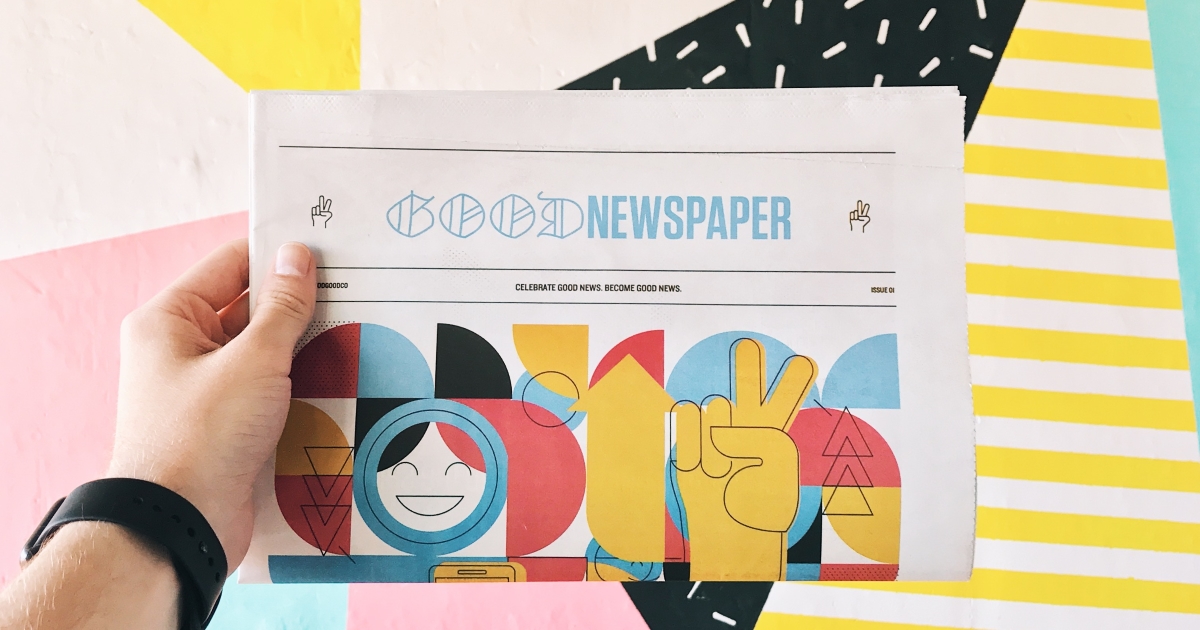
When you’re looking to optimize your ad spend, don’t overlook your organization’s brand.
Yes, your brand can negatively impact your advertising performance! Your brand is more than your logo. It shapes every aspect of your company that your customers interact with, from a banner ad on a news site to your corporate culture. An organization with a look and feel that is erratic, unattractive, or one-sided can turn off potential customers.
There are three big questions to ask when investigating how your brand could be impacting your advertising dollars.
Is Your Brand Is Consistent?
Whether your business is a solopreneur consultancy or a 5,000 employee operation, knowing how your brand appears and feels is vital to a professional look. Having one color scheme on your billboards, another on your banner ads, and a third on your landing pages gives a customer the impression that your company is disorganized. Writing with an upbeat, friendly voice on one social media platform and sounding completely corporate on another leaves a customer confused about what starting a relationship with your company would be like.
Lack of consistency across platforms (on and offline) is never a good look. How do you tackle this problem so that everyone is on the same page, without having to check every piece of design and every social media post yourself?
The best way is to create, and stick to, a brand standards guide. A good brand standards guide should include at least these three sections:
- Logo – All versions of the approved logo, along with their size and placement.
- Color Palette – Include color hex codes, and any CMYK or Pantone conversions.
- Typography – Title, header, and body fonts as well as sizes.
You may also choose to add photography, iconography, brand voice samples, and web elements. Some organizations have brand standards guides that reach hundreds of pages, but most keep it short and sweet at one to five easy to use pages.
Style guides don’t magically appear, though. They are collaborative pieces that require thoughtful preparation. They also don’t have any impact if they aren’t actively applied. I like to package any standards guide as a PDF in a .zip file with copies of logos in different file types so they are as easy to use as possible. Your guide should be a useful utility that your team sticks to, updated every few years as needed.
Is Your Design The Best It Can Be?
This can be a tough question for any organization. How do you know for sure that your design is attractive to your target demographic?
In many organizations, design can take a wrong turn. Egos get in the way and suddenly your ads are neon green with Comic Sans font and emojis. Maybe the issue isn’t a new design, but instead one that is 30 years old that isn’t quite good looking enough to be vintage. You know it’s bad. Everyone knows it’s bad. But you’re forced to run with it anyway to make the team happy.
The first line of defense in these situations is to rely on your brand standards guide. If thoughtfully created, you should have a good guideline on where to start when creating or guiding your design. This is especially the case if you included photography and iconography sections.
Your designs should be the right fit for their application. A Facebook ad has different requirements than a bus wrap. Customize designs to make them easy to notice and engage with, but stay away from garish flashing or text-packed ads.
They should also fit your goals. Are you running a brand awareness campaign, or looking to generate leads? Each goal will require a different style. Adapt your design strategy to your goal to best engage your customers.
Are You Talking At, Or With Your Customers?
The days of being able to have a one sided conversation in advertising are long over, but you wouldn’t know it from how some organizations behave. Customers are just as likely to click on a PPC ad as they are to scroll down and look at your Yelp or Google reviews. After seeing an ad they engage with, more than 50% of people will do a mobile search for that company rather than clicking.
Reputation management may seem like a public relations topic, but it has more to do with advertising than you would believe. How you respond to your reviews and comments can change a customer’s mind about whether to make a purchase from you in the future. Your brand’s personality and ethics should work through every visible action you take.
If a customer engages with you on social media, whether in a positive or negative way, take a few moments to return that message. Most social media messages from customers are easy wins, making you look great while making a customer happy. Some can be a bit more challenging. Make sure the staff handling those interactions are level headed with social media knowledge and they will do just fine.
Offline advertising can be just as interactive. Local sports team or theatre sponsorships give fans the chance to get to know you in creative ways. Interactive print ads are a trend that is still growing. Branded events will let you mingle with your customers who tell their friends about their experience.
More than anything, let your brand shine.
Don’t get lost behind the next big trend. A well crafted brand shows the hard work of the great people behind it, people like you! Ready to work with an agency who knows how to show off the best of your people, products, and services? Contact the team at ESB Advertising today!

